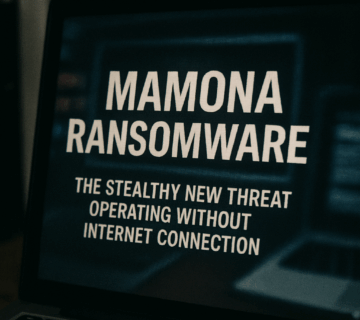
Major Australian Airline Faces Massive Customer Data Exposure: 5.7 Million Records Compromised
An Australian airline experienced a significant data breach in late June 2025, compromising 5.7 million customer records through a third-party service provider. The breach exposed various categories of personal information, including names, contact details, and loyalty program data, but critical security credentials like financial information remained secure. This incident is part of a broader trend of cybercrime syndicates targeting the aviation sector globally. The airline's corporate response includes transparent customer communication, offering guidance on personal security measures and collaborating with law enforcement. Technijian offers comprehensive cybersecurity solutions for both organizations and individuals, aiming to protect against similar sophisticated threats and enhance overall digital security. ... Read More



